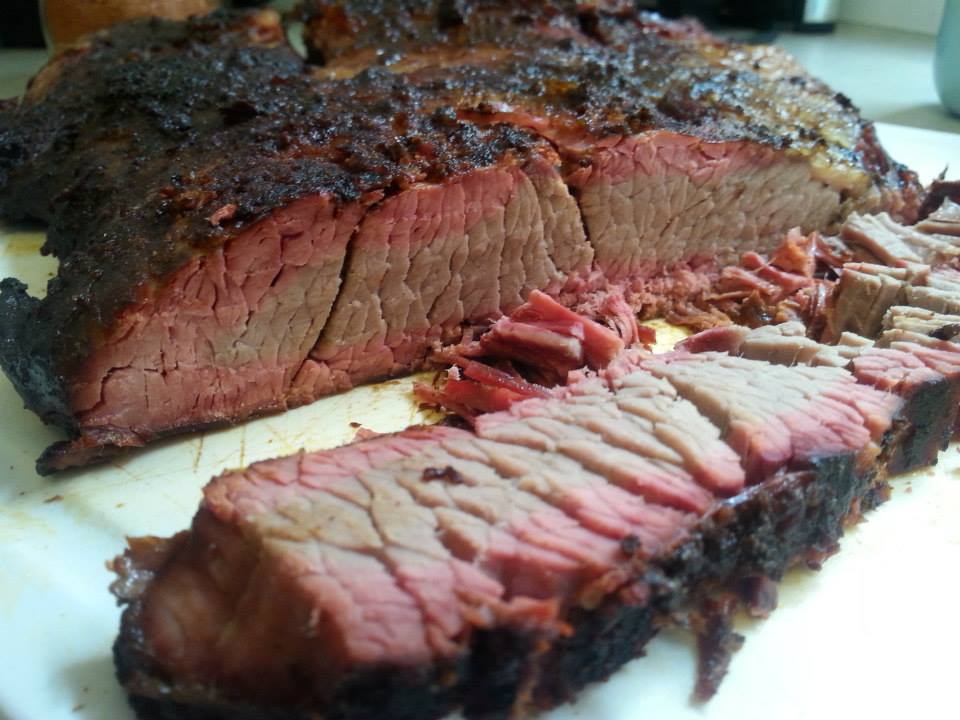Large chunks of meat, when cooked at low temps, hit a point at about 150°F when the interior temp stops rising. For hours. The exact temp depends on many variables especially airflow through the cooker.
This “stall” is caused by moisture evaporating from the surface and cooling the meat just like sweat cools you on a hot day. It has nothing to do with fat or collagen. If you wrap the meat in foil, the humidity in the foil is close to 100% but there is no evaporative cooling, so this method, called the Texas Crutch allows you to power through the stall.
I usually wrap at an internal temperature of 155F
Many cooks report a second stall when the meat goes north of 170°F. “The stall occurs when the heating rate matches the evaporative cooling rate. Change either variable, and the stall temp moves. A second stall is very common when the meat is wrapped in foil if there is any small gap or hole in the foil. A leak in the foil permits evaporation and cooling. But a stall can occur without wrapping if the heat conditions change. For example, if the fire gets hotter, evaporative cooling can’t keep up and cool to 155°F, but can keep up and stall at 175°F. Or you spritz the meat, cooling rises and a second lower stall occurs. Or if the wind conditions change and less airflow lowers cooling and the stall temp rises. A stable smoker has one stall.”



Leave a Reply